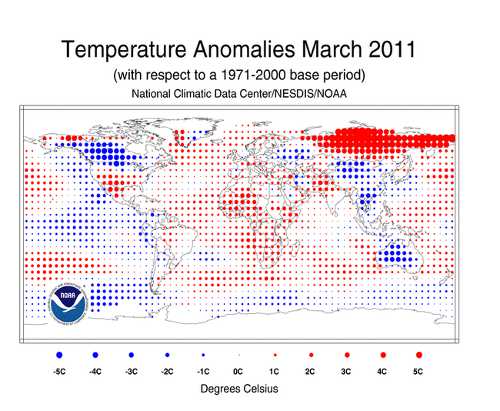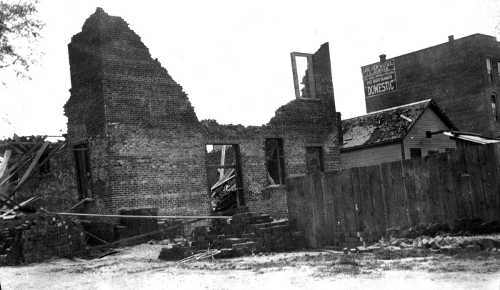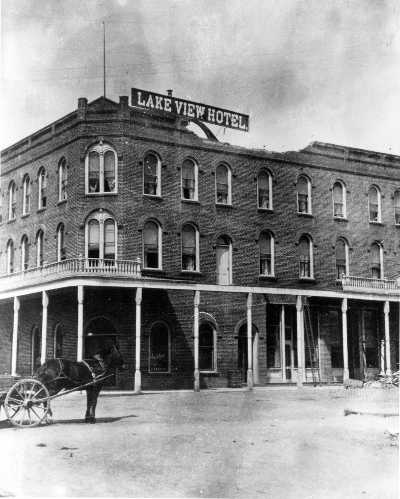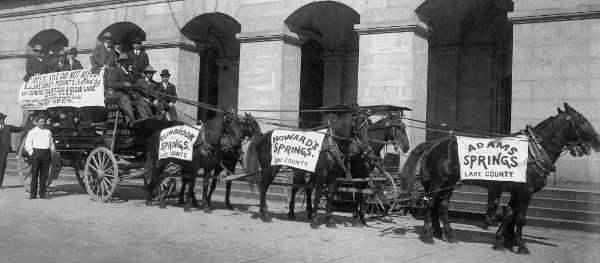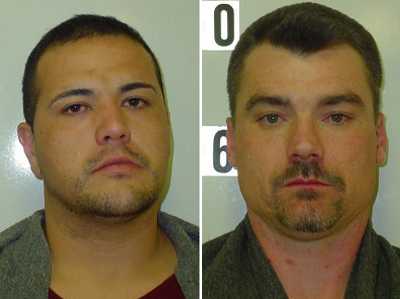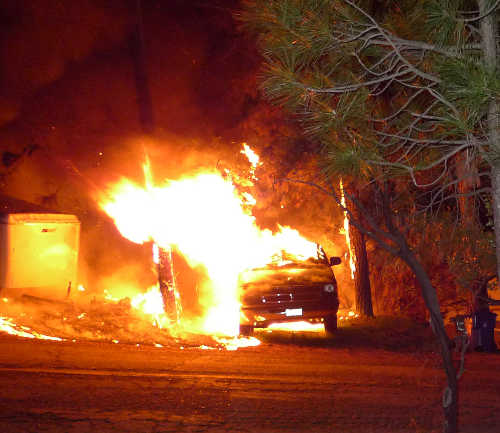- Tom Philpott
- Posted On
Military Update: Budget panel eyes end to VA care for 1.3 million vets
Committee Republicans, searching for ways to curb federal deficits and rein in galloping VA costs, are targeting 1.3 million veterans who claim Priority Group 7 or 8 status and have access to VA care.
Priority Group 8 veterans have no service-connected disabilities and annual incomes, or net worth, that exceed VA means-test thresholds and VA “geographic income” thresholds, which are set by family size.
Priority Group 7 veterans also have no service-connected disabilities and their incomes are above the means-test thresholds. But their incomes or net worth fall below the geographic index. In other words, because of where they live, in high cost areas, they likely struggle financially.
Joseph Violante, national legislative director for Disabled American Veterans, said he first learned of the committee’s interest in possibly narrowing access to VA clinics and hospitals from a DAV member from Wisconsin, chairman Ryan’s home state.
Violante and other DAV officials arranged their own meeting with a staff member for the committee. He confirmed growing interest in a cost-saving initiative to push priority 7 and 8 veterans out of VA health care.
As this budget committee staffer reminded Violante, proponents for opening VA health care to all veterans had argued it would be cost neutral to VA. That’s because VA would charge these vets modest co-payments for their care. Also VA would bill these veterans’ private health insurance plans for the cost of their VA care.
That argument from 1996 turned out to be wrong. Co-payments collected from low-priority veterans and private insurance plan billings today cover only 18 percent of the cost of care for group 7 and 8 veterans. By 2009, the annual net cost to VA to treat these veterans totaled $4.4 billion or 11 percent of VA’s annual medical appropriation.
The figures come from the Congressional Budget Office’s annual report to Congress, “Reducing the Deficit: Spending and Revenue Options.”
Among options it presented this year to the new Congress for reducing VA spending is one to close enrollment in VA care for all veterans in groups 7 and 8 and to cancel the enrollment of veterans currently in two low priority groups.
CBO said this would save VA $62 billion in the first 10 years, from 2012 to 2021. But the net savings to the government over the same period, CBO said, would be about half that amount. That’s because many of the veterans bumped from VA are old enough or poor enough to use Medicare or Medicaid, which would drive up the cost of those programs.
We asked a committee spokesman for comment, both by e-mail and voice mail, but none came in time for this column’s deadline.
Until the mid-1990s, VA had denied health care to priority 7 and 8 veterans. Congress changed that during the Clinton administration, enacting the Veterans' Health Care Eligibility Act of 1996.
The law directed VA to build many more clinics across the country. To ensure enough patients to fill these clinics, the VA secretary was given authority to expand care eligibility.
The ban on group 7 and 8 veterans was ended by 1999. Over the next three years their enrollment climbed to 30 percent of total enrollees.
By 2003, then-VA Secretary Anthony Principi stopped allowing any more group 8 enrollments, saying their numbers strained the system for higher priority veterans, including wounded returning from Afghanistan and Iraq.
It’s possible that, in sharing what the budget committee eyed due to lower VA health costs, the professional staffer assumed DAV would embrace cancellation of 7 and 8 enrollments because few DAV members would be impacted. But Violante said DAV is concerned, for two reasons.
One, some DAV members separated from service with disabilities rated at zero percent do have access to VA health care as group 7 or 8 veterans.
A bigger concern for his members, Violante said, is that tossing 1.3 million veterans from VA care would leave the system without the “critical mass” of patients needed to provide “a full continuum of care.”
DAV officials worried that an initiative to narrow VA enrollment would be included in the House Republican budget plan unveiled this week. Ryan titled it “Path to Prosperity” and the full committee endorsed it on a straight party line vote April 6.
The budget package, however, doesn’t mention any change to enrollment eligibility nor call for significant cuts to VA budgets. Violante said DAV wants to talk House committees out of taking any action to reduce VA enrollment.
CBO presented pros and cons for canceling 7 and 8 enrollments. An advantage is VA could refocus services on “its traditional group of patients – those with the greatest needs or fewest financial resources.”
It noted 90 percent of group 7 and 8 enrollees had other health care coverage, either Medicare or private insurance. So the “vast majority” cut loose would have ready access to other coverage. Those who don’t could be eligible for health insurance exchanges to be set up in the future said CBO.
One disadvantage is that many veterans who have come to rely on VA for at least part of their medical care would see that care interrupted.
The Obama administration and Congress actually had been moving in the opposite direction, to expand VA enrollment, until Republicans won the House.
As Obama took office in 2009, VA announced that up to 266,000 veterans with no service-connected health conditions would be allowed to enroll in VA health care. Rep. Chet Edwards (D-Texas) had fought successfully to add $350 million to the 2009 VA budget so income thresholds controlling priority 8 enrollments could be raised 10 percent.
Edwards lost his reelection bid last year. And new priority 8 enrollees haven’t rushed to join the system as VA officials had expected.
Group 8 and 7 veterans using VA care pay $15 per outpatient visit and a little more for specialty care. Inpatient fees also are modest. The most popular benefit for many of enrollees is discounted prescription drugs. The co-pay usually is $8 for a 30-day supply.
Tim Tetz with American Legion said his organization and many veterans groups would strongly oppose tossing out group 7 and 8 veterans. He credits their enrollment since 1999 as helping to improve VA care.
“If as great of a health care system as we have, shouldn’t we let all of our veterans have access to it, in some manner,” Tetz asked.
While deficit hawks weigh this issue, VA still is enrolling new group 8 veterans who fall below its income thresholds. Those without dependents and living outside high-cost areas, for example, must have income below a means test threshold of $32,342.
More information on group 8 enrollment is online at www.va.gov/healtheligibility or call 877-222-VETS (8387).
To comment, send e-mail to This email address is being protected from spambots. You need JavaScript enabled to view it. or write to Military Update, P.O. Box 231111, Centreville, VA, 20120-1111.
Follow Lake County News on Twitter at http://twitter.com/LakeCoNews , on Facebook at http://www.facebook.com/pages/Lake-County-News/143156775604?ref=mf and on YouTube at http://www.youtube.com/user/LakeCoNews .

 How to resolve AdBlock issue?
How to resolve AdBlock issue? 